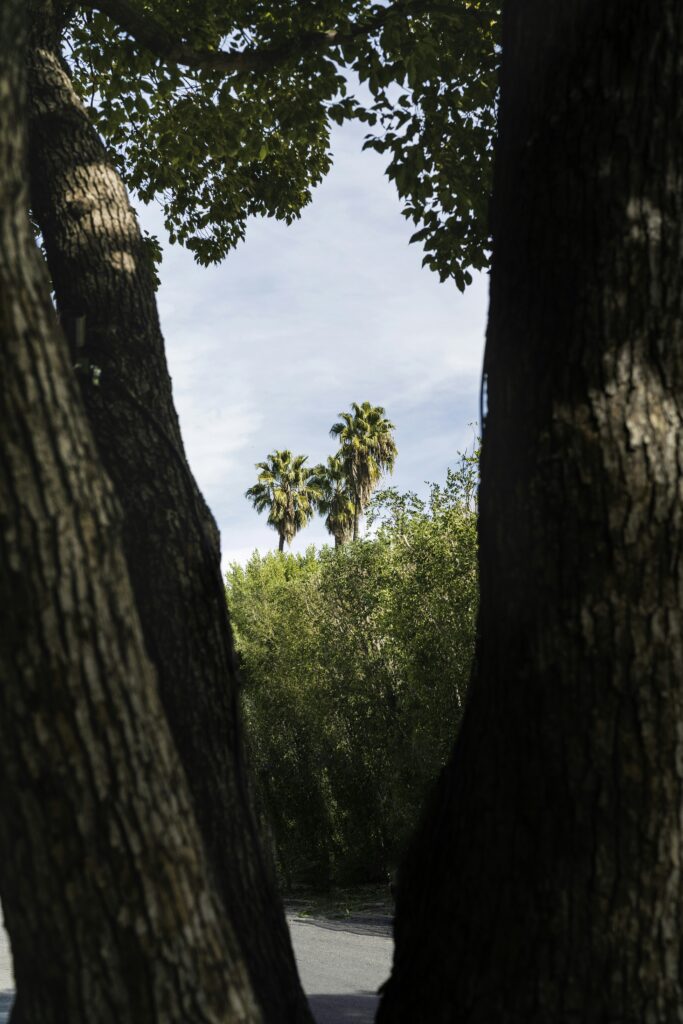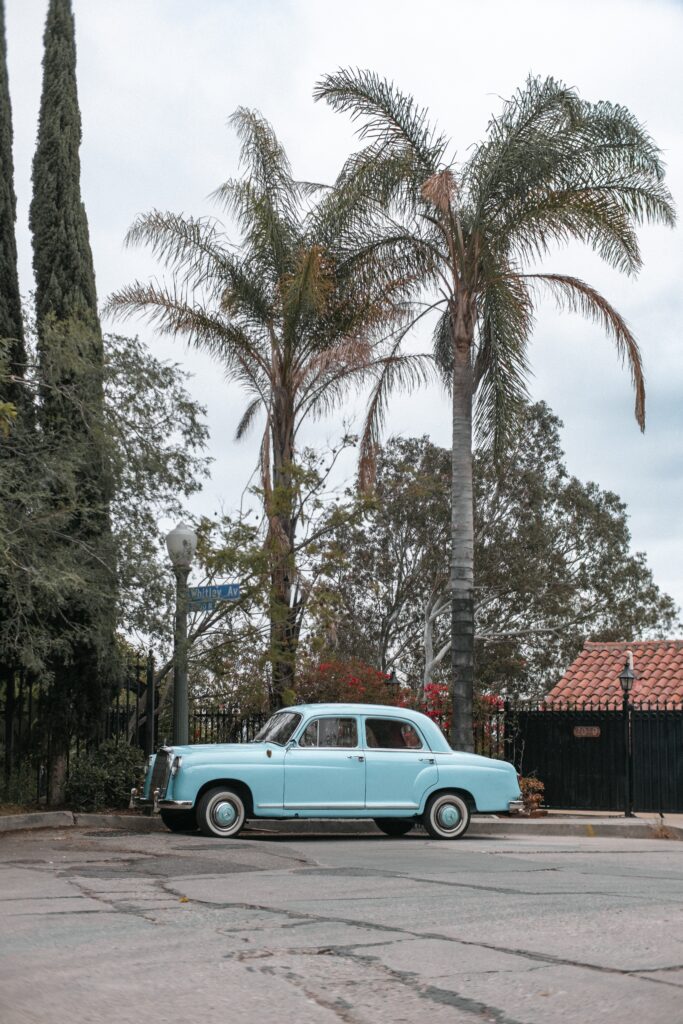Hollywood is undergoing a significant reevaluation of its longstanding reliance on real firearms during the production of films, in light of the tragic incident on the set of “Rust” where a cinematographer lost her life. While some productions, such as the TV revival “Walker,” have already opted to exclusively use replica guns and special effects, many others argue that real guns provide a more convincing and authentic portrayal, producing genuine reactions from the cast. However, this controversial issue has sparked intense debate within the industry, leading to potential changes. Insurance companies are now refusing to cover low-budget films that intend to use functional firearms, and representatives from unions and major studios are collaborating to revise and clarify guidelines for gun usage on set. To promote safety and prevent similar accidents, California has implemented regulations requiring safety advisers and firearms training for productions receiving industry tax credits. Consequently, this tragedy has shed a spotlight on the use of real guns on film sets, prompting calls for a complete elimination of live ammunition and a shift towards non-firing guns. As the industry endeavors to create a safer environment, it focuses on increasing awareness of safety protocols, intensifying safety measures, and exploring alternatives to using operable firearms.

The Impact of the “Rust” Shooting
The tragic shooting on the set of “Rust” has sent shockwaves through the Hollywood community and has prompted a reevaluation of the industry’s approach to firearms. The incident, which resulted in the death of a beloved cinematographer, has raised important questions about the safety measures in place on film sets and the potential dangers of using real guns.
The Decision to Use Replica Guns and Special Effects
In the wake of the “Rust” shooting, some productions have taken a decisive step towards ensuring the safety of their cast and crew by choosing to use replica guns and special effects instead of real firearms. One notable example is the TV revival of “Walker,” which has set a new precedent by relying fully on replica guns and special effects.
There are certainly benefits to using replica guns. They eliminate the risk of live ammunition and the potential for accidents. Additionally, replica guns can be designed to look incredibly realistic, ensuring that the desired effects are achieved without compromising safety. However, there are also drawbacks to consider. Some argue that the use of replica guns can hinder the authenticity of performances, as actors may not react in the same way as they would if faced with real firearms.

The Argument for Continued Use of Real Guns
Despite the tragic events on the set of “Rust,” there are still those who advocate for the continued use of real guns in filmmaking. One of the main arguments in favor of real guns is the belief that they elicit more genuine reactions from actors. The visual impact of a real gun can often be more convincing on camera and can enhance the overall authenticity of a scene.
However, the use of real guns must always be balanced with safety concerns. The potential risks associated with using real guns, especially when handling live ammunition, cannot be ignored. It is crucial to find a middle ground that prioritizes both realism and the well-being of the cast and crew.
Insurance Coverage Challenges
The “Rust” shooting has had a significant impact on the availability of insurance coverage for films using operable guns. Insurance companies are now declining coverage for productions that choose to use real firearms, particularly low-budget films that may not have the resources to implement extensive safety measures and precautions. This presents a challenge for many independent filmmakers who rely on insurance coverage to protect themselves and their projects.
The lack of insurance coverage for films using operable guns not only puts the production at risk of financial loss but also raises important questions about the industry’s responsibility in ensuring the safety of its employees. It highlights the need for alternative options and creative solutions that can provide coverage while still prioritizing safety.

Collaborative Efforts to Revise Guidelines
In response to the “Rust” shooting and the increased scrutiny on the use of firearms, representatives from unions and major studios are coming together to revise and clarify guidelines for the use of guns on film sets. This collaborative effort aims to address loopholes, close gaps in existing regulations, and establish industry-wide safety standards that can help prevent future accidents.
By involving all stakeholders in the filmmaking process, from production companies to actors’ unions, these efforts seek to create a unified and comprehensive set of guidelines that prioritize the well-being of everyone involved in the production.
Legislation and Industry Tax Credits
California, as the hub of the entertainment industry, has taken a proactive role in codifying guidelines for the use of firearms on film sets. Productions that receive industry tax credits are now required to meet certain safety requirements, including the employment of safety advisers and providing firearms training to all those involved in handling guns on set.
This legislation serves as an important step towards ensuring that safety protocols are taken seriously and that every production, regardless of its budget or scale, is held to the same high standards. By linking compliance with safety regulations to industry tax credits, California is encouraging productions to prioritize safety and invest in the necessary resources to protect their cast and crew.
Examining the Use of Real Guns on Film Sets
The “Rust” shooting has prompted a closer examination of the use of real guns on film sets and the potential dangers associated with them. It is essential to differentiate between blanks and real bullets and to ensure that proper safety procedures are followed when handling firearms.
While blanks may not be as inherently dangerous as live ammunition, they still carry risks. They can cause severe injuries, especially if fired at close range or when improperly handled. Additionally, the potential for the accidental mixing of live rounds with blanks poses a significant threat that must be mitigated.
In light of these dangers, it is worth considering whether the use of live ammunition on film sets is truly necessary. With advancements in technology and the availability of safer alternatives, such as replica guns and CGI, the industry must carefully evaluate the risks and weigh them against the desired artistic effects.
Impact on the Armorer Profession
The aftermath of the “Rust” shooting has had a profound impact on the armorer profession. There has been a decrease in opportunities for armorers, as productions become more hesitant to rely on real guns. The demand for alternatives to real guns, such as replica firearms and special effects, has significantly increased as the industry seeks safer options.
Armors are now faced with the challenge of adapting to this changing landscape. Many are diversifying their skill sets and expanding their knowledge of replica guns and special effects to remain relevant and competitive in the industry. This shift highlights the need for ongoing training and education within the armorer profession to address the evolving demands of film productions.
Advocating for the Elimination of Live Ammunition
In the wake of the “Rust” shooting, there have been renewed calls to eliminate the use of live ammunition on film sets altogether. Advocates argue that the risks associated with live ammunition far outweigh any potential benefits and that there are safer alternatives available to achieve the desired effects.
By adopting a zero-live ammunition policy, the industry can better protect the lives and well-being of its cast and crew. This would require embracing new technologies, investing in training, and promoting the use of replica guns, special effects, and CGI to create realistic and convincing scenes without the inherent dangers of live ammunition.
A Safer Future for Gun Use on Film Sets
The “Rust” shooting has undeniably sparked a significant shift in how Hollywood approaches the use of firearms on film sets. The industry is now more determined than ever to prioritize safety and ensure the well-being of everyone involved in the filmmaking process.
Industry-wide collaborative efforts are underway to revise and clarify guidelines, address insurance coverage challenges, and raise awareness of safety protocols and best practices. Legislation, such as that implemented in California, is playing a crucial role in codifying safety requirements and incentivizing productions to invest in safety measures.
As Hollywood continues to adapt and improve its approach to firearm usage, the goal remains clear: to create a safer working environment without compromising the artistic vision. By embracing alternative options, implementing robust safety protocols, and fostering a culture of vigilance, the industry can work towards a future where gun use on film sets is truly safe for all.

